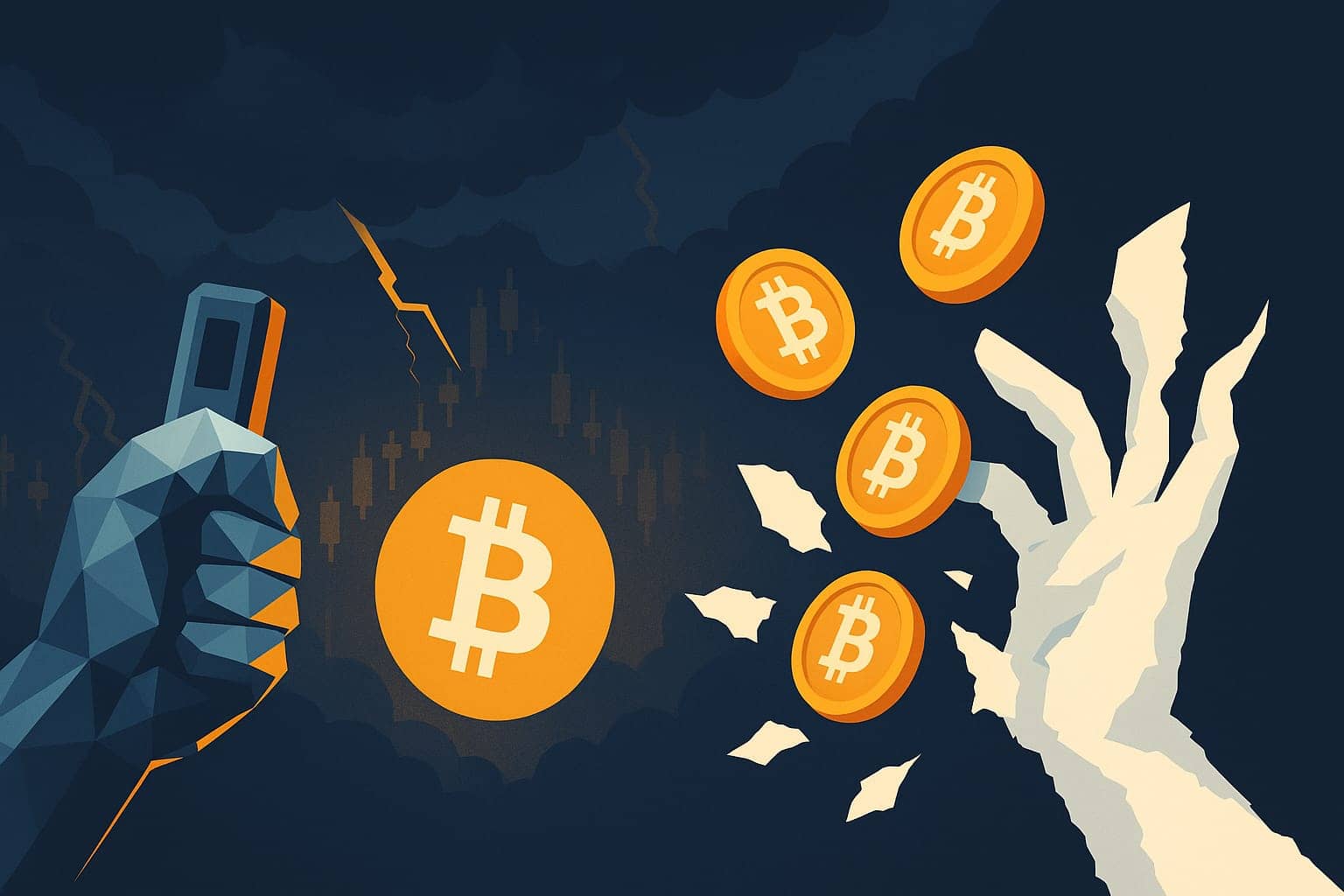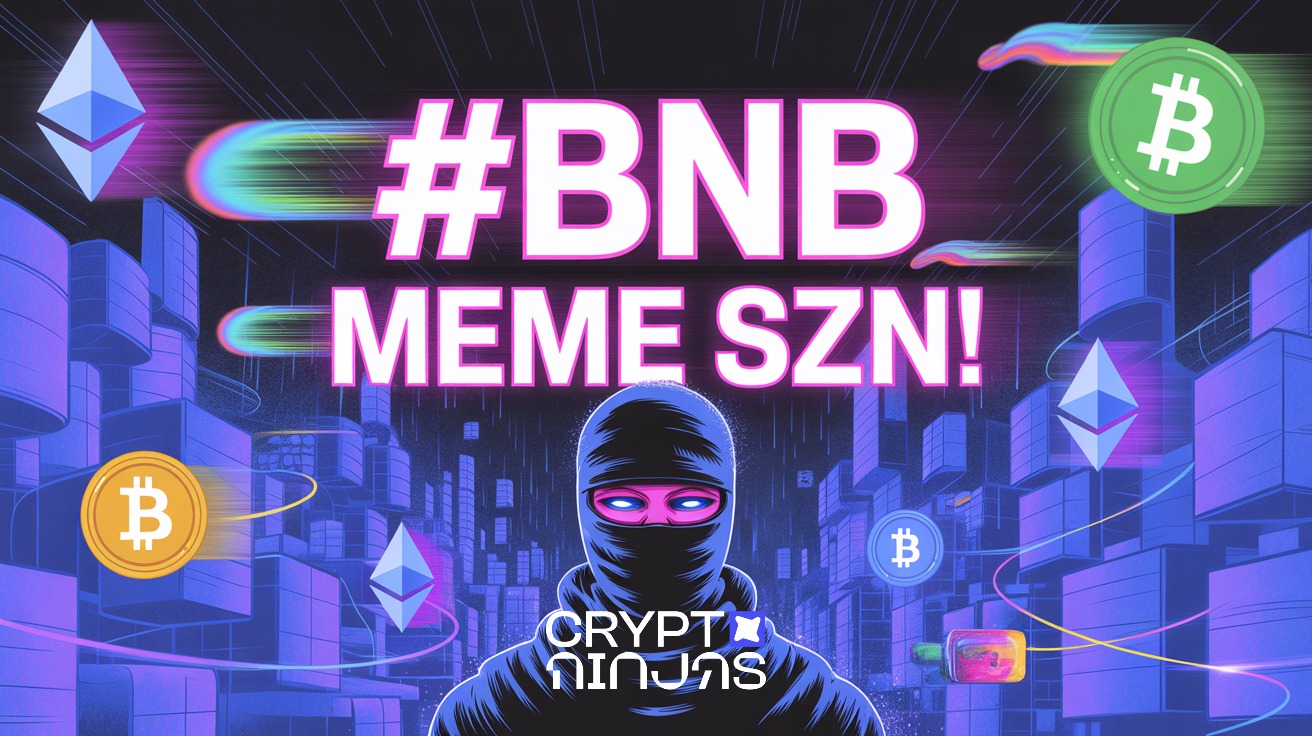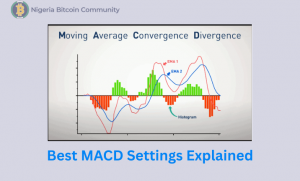Stop Donating Your Stack: What “Paper Hands” Really Means
Here’s the uncomfortable truth: “paper hands” isn’t about your thumbs; it’s about your time preference.
Paper hands is the reflex to sell under pressure—price dips, scary headlines, a friend’s hot tip on a new coin—because the short-term emotion feels louder than the long-term thesis. In Bitcoin terms, paper hands are what happens when a fiat mindset (instant gratification, quarterly thinking, central-bank safety nets) collides with an asset engineered for decade-long conviction.
What “paper hands” really means
- Behavior, not a moral failing. It’s selling for emotional reasons you wouldn’t admit in a calm moment: fear, FOMO elsewhere, leverage liquidation risk, or simple boredom during a sideways market.
- Different from risk management. Taking profits to meet a life need or rebalancing a plan is rational. Paper hands is plan-less, reactive, and usually regrets it within weeks.
- A signal of time preference. High time preference chases dopamine now; low time preference builds and waits. Bitcoin rewards the latter.
Why paper hands happen
- Leverage turns a dip into a margin call. You didn’t sell—your exchange did, and now you’re a forced seller at the worst price.
- Unit bias + altcoin carnival. “I can own millions of this token.” Then the team unlocks, liquidity thins, and you’re exiting into a trap door.
- Headline whiplash. A politician grumbles, a bank “bans” something, a pundit declares Bitcoin dead for the 438th time—and you capitulate into someone else’s limit buy.
- Measuring in dollars. If your thesis changes when the candle color changes, you never had a thesis. Price is a noisy narrator.
Classic paper-hand archetypes (you’ve seen these)
- The Rotation Tourist: Sells BTC to chase a new narrative coin, rides it up 40%, down 80%, re-enters BTC higher, net loses sats.
- The News Head: Panic-sells on a scary regulatory headline, watches price reclaim the level days later, vows “never again,” repeats next cycle.
- The Leverage Hero: 10x long, gets clipped on a normal wick, forced to sell low, posts a thread about “risk.”
- The Break-even Bandit: Buys, goes red, stares at the screen until price kisses their entry, market makers say thanks, and it rips right after they exit.
What paper hands are not
- Selling to pay for a baby, a house down payment, or emergency surgery.
- Rebalancing a diversified portfolio on a schedule you set in advance.
- Trimming after a parabolic move as part of a written plan.
Those are adult decisions. Paper hands are unplanned and unprincipled.
Bitcoin, by contrast, is designed for diamond hands
Bitcoin’s supply schedule doesn’t care about your feelings. No marketing department, no insider allocations, no foundation toggling emissions. It’s transparent, credibly scarce, and global. That design invites low time preference: save, self-custody, and let difficulty and halvings do their work. The winners in every cycle are boring: they buy what they understand, hold keys, ignore noise, and keep earning fiat to stack more.
Concrete examples (patterns, not prescriptions)
- 201x/2017/2020/2022 drawdowns: Each brutal selloff minted two types of people. Paper hands who donated coins to stronger hands; and accumulators who measured in sats, not headlines, and later wondered why they didn’t buy more.
- Corporate treasuries vs. token treasuries: Companies that adopted a Bitcoin standard endured volatility but maintained thesis integrity. Meanwhile, many altcoin treasuries diluted holders with “ecosystem incentives” and “community grants”—paper hands wearing a blazer.
- Individuals with rules: The DCA tortoise who self-custodies and doesn’t trade outperforms the leverage hare who “knows a level.” Every cycle.
How to stop being paper hands (an op-ed, not financial advice)
- Write a one-page thesis. Why Bitcoin? What would disprove it? If your only answer is “number go down,” you don’t have a thesis.
- Set horizons in halving-length chunks. Think in 4+ year blocks. Most people chronically underestimate what consistent stacking + one full cycle can do.
- Ban leverage. If you need speed, learn patience. Leverage manufactures paper hands.
- Self-custody with mild friction. Cold storage with a brief, intentional delay to spend is a superpower against impulse.
- Measure in sats. Ask: “Did my stack grow?” not “Did fiat wobble this week?”
- Ignore altcoin sirens. If a project’s core value is “early insiders, token unlocks, and staking APY,” you’re not investing—you’re subsidizing someone’s exit.
Quick litmus tests
- If a red candle changes your worldview, paper.
- If a friend’s hot tip changes your allocation, paper.
- If you can’t sleep unless you check price, paper.
- If you can hold through bored, sideways months without touching your keys, hardening.
The bigger point
Paper hands are a symptom of a culture trained to expect bailouts and instant gratification. Bitcoin is the antidote—hard money that rewards patience, responsibility, and sovereignty. The market is ruthless, but fair: it transfers coins from the impatient to the patient, from the leveraged to the solvent, from the headline-driven to the thesis-driven.
You don’t need to be born with diamond hands. You can build them: learn, self-custody, commit to a horizon, and stop donating your stack to people with a lower time preference than yours. In a world of paper promises, be the signal. Hold something real.












Post Comment